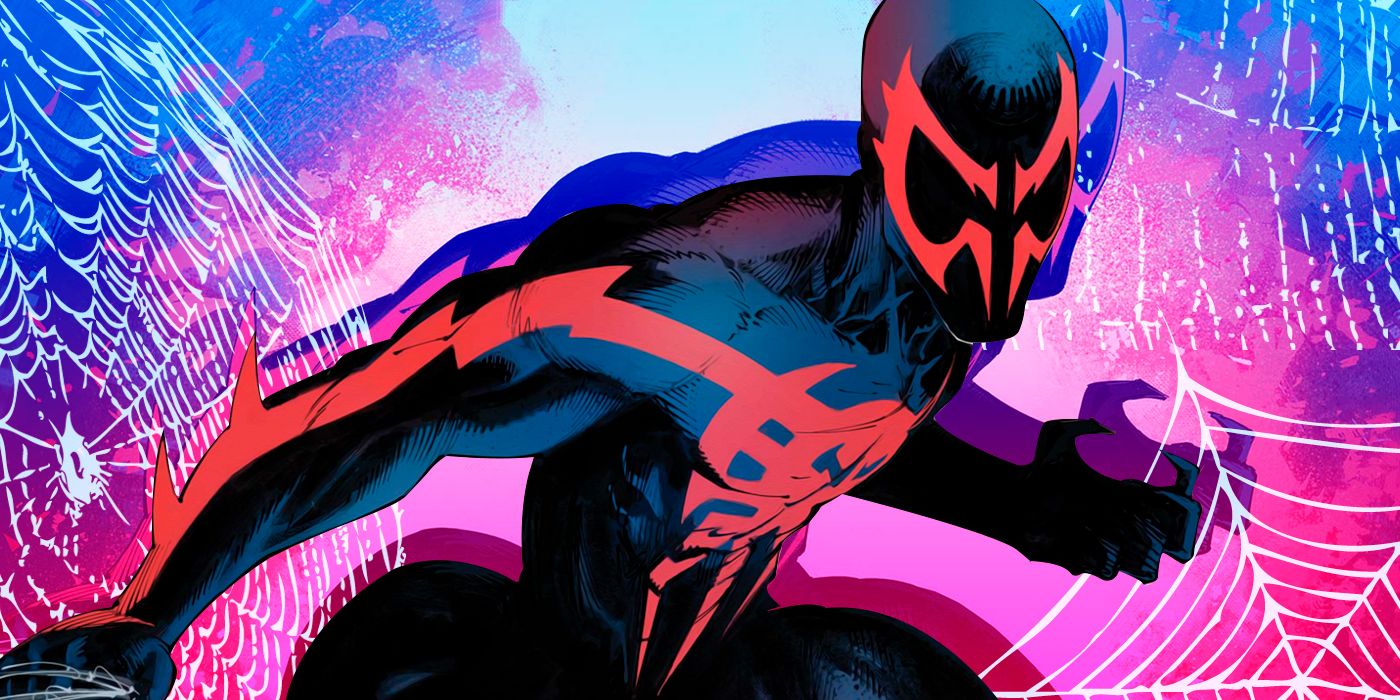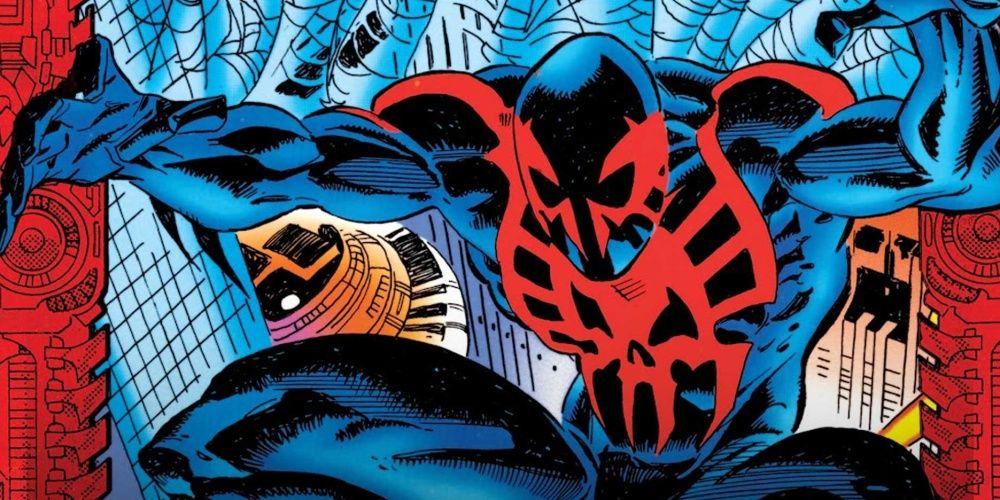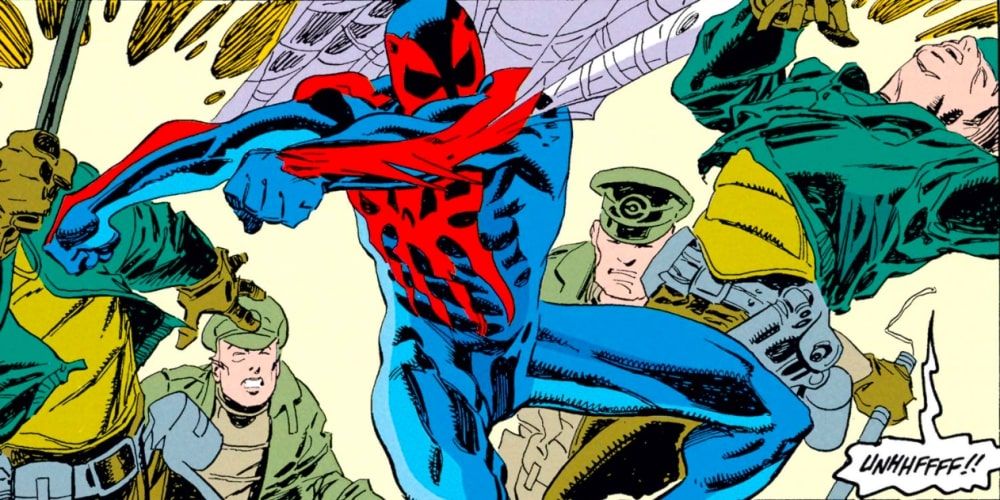Spider-Man is such a malleable character that creators can’t really go wrong with him. He has been reimagined time and time again, whether it’s in the pages of Brian Michael Bendis and Mark Bagley’s Ultimate Spider-Man run or in Dan Slott and Ryan Stegman's Superior Spider-Man series. During the ’90s, Peter David and Rick Leonardi's Spider-Man 2099 run featured one of the most ambitious versions of the character. While Spider-Man often thrives in a grounded setting, the run's futuristic interpretation somehow managed to retain the wall-crawler’s signature charm while feeling like its own unique story.
With its alternate future setting and brand-new characters, Spider-Man 2099 felt like a fresh take on the iconic Marvel property. The first stint followed Miguel O’Hara, aka Spider-Man 2099 as he navigated his way through a corporate-dominated world. Both in and out of the superhero costume, Miguel repeatedly came into conflict with Tyler Stone’s sinister conglomerate, Alchemax. By taking this angle, David was able to craft a compelling social commentary infused with science-fiction elements.
Spider-Man 2099 is a Gripping Science-Fiction Tale
Spider-Man 2099’s detailed world-building was one of the series’ biggest draws, establishing Nueva York as a capitalist regime. From the offset, the city had a certain Orwellian quality to it -- flashy corporate buildings were often seen looming overhead, conveying the sense that there was no escape from this elitist world. There was a full class system in charge here -- while the wealthy had the luxury of futuristic technological advancements, those at the bottom of the economic food chain were trapped in Nueva York’s grimy underbelly. The society explored in Spider-Man 2099 had so many layers to it, which were gradually revealed over the course of the series.
Though this vividly imagined environment was just one part of what makes Spider-Man 2099 such a page-turner. There were plenty of insightful character moments which gave readers glimpses into the psychology of its central cast. And as the series went on, Miguel O’Hara's flashbacks bookended each issue, offering a fun glimpse into his past. Rick Leonardi and David Boller were among the artists who worked on the comic and did a wonderful job giving Nueva York a distinct visual style. Their dynamic fight scenes also really grab the reader’s attention -- figures are drawn in the most exaggerated way possible, making the series feel like a dazzling action spectacle.
How Spider-Man 2099 Expands the Marvel Franchise
During the series, Spider-Man went up against a nice mix of opponents -- cyborg bounty hunters, corporate-owned law enforcement and even some familiar faces from Peter Parker's original rogues' gallery. Interestingly, Miguel was often depicted clashing with authority figures, cementing this Spider-Man's personal mission to disrupt the established order, and take down any oppressive social institutions. Spider-Man 2099's ongoing fight for social justice was the crux of this series, and it was a brilliant angle to explore.
Looking back on Spider-Man 2099, it really broke new ground with its bold vision of the future. The series set up a unique corner of the Marvel universe, which allowed for some insight into pressing social issues and an eclectic range of Sci-Fi concepts that couldn't possibly be used in a contemporary setting. With Miguel O'Hara set to appear in Spider-Man: Across the Spider-Verse, it will be interesting to see how the film draws from his original run of stories.



